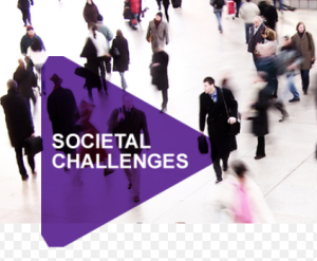
All companies talk about innovation and its growing importance, but why is it that still so few succeed in actually doing it on a repeatable scale?
What inhibits innovation? What would drive innovation success? What aspects of innovation are critical to achieving such innovative growth? Where should a company place its emphasis to gain both an improving impact on its performance and strengthen its innovation capabilities?
The difficulty for many is that innovation is a complex process that has many intangibles within the total mix to manage. Management today is far happier managing the ‘harder’ aspects of business, the current physical ones of everyday organization, not the ‘softer’ more intangible ones, where innovation often lies or emerges from. Continue reading “Innovation requires a more dynamic systematic approach”









